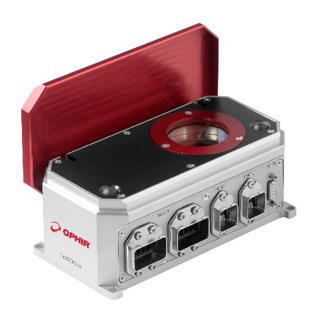Modern laser systems are used in these applications, as well. All welds must be executed with extreme precision and reliability at all times, because the battery has to withstand extreme stresses – like seasonal temperature fluctuations, vibrations and impacts, or even emergency situations caused by collisions. But: no battery, no mobility! Furthermore, it’s often the most expensive single component in an electric car; to ensure responsible stewardship of the rare earths required to make one, it should remain viable even after its mobile service life has ended, for example as storage for electricity produced by wind or solar systems. Since handling these high-energy accumulators is no trivial matter, it is all the more important to closely monitor each and every process step in their manufacture.
Regardless of the laser welding process involved, the quality of the weld spots or seams exerts a decisive influence on the safety and reliability of the parts produced, which in turn has a significant impact on the overall quality of the vehicle. But how can the manufacturers and operators of such equipment ensure that the laser systems are working correctly when they’re often incorporated into automated production lines? Anyone who takes for granted that lasers operate without wear and tear must simply accept losses in quality. Especially in production environments, the external influences on laser beam systems must be considered. A first indication of whether a laser system is working exactly can be obtained through power measurements.
Lasers with powers in the kilowatt range are frequently used in autobody construction. To measure these lasers quickly and reliably, Ophir, a brand of MKS Instruments, has developed sensors that operate according to the pulsed power method: over a very short exposure time, the L40 sensor measures the energy of the laser beam and, when attached to a compatible assessment and display instrument, calculates the laser power. That means that, for a pulse lasting half a second (as an example), laser powers of up to 10,000 watts can be measured cost-effectively and without requiring any additional cooling on the sensor. This is of particular importance when welding batteries, because it’s essential not to use water cooling. The risks associated with using water in the immediate vicinity of battery production are much too high.






 Ultra-High Velocity
Ultra-High Velocity